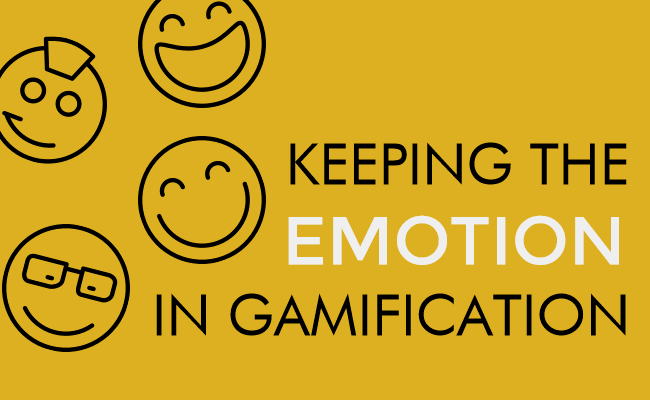Many enterprise Gamification deployments emphasize competition and leaderboards. Yet sometimes giving employees a sense of completion works better
As a Gamification designer, this struck me as conveying a much ignored insight about motivating employees. Not everyone wants to be at the top of the Leaderboard – that doesn’t mean they are losers or lazy – for these people it’s also about the journey. Sometimes, as we all know, poorly designed Leaderboards can even be de-motivating and ignore the real growth and attempts made by the non-top-performers who are nevertheless performing exceptionally well. Companies should take that into account. Motivating with Leaderboards alone, focusing on fostering competition doesn’t work for everyone and shouldn’t.
Strive to give your people a sense of completion.
What is a sense of completion?
A sense of completion is the satisfaction you usually experience when a job is well done. Clean dishes. A 10 K run. A well-mowed lawn. An organized office.
From a Gamification point of view, completion indicators are the game mechanic that gives you the same feedback – you did well. One of the best-executed examples? - The profile completion bar on LinkedIn. Add a picture, a career objective, more details about your past experience – and the bar moves closer to 100%. Get to 100%, or even 80% and sense completion. Would have LinkedIn motivated you to the same extent, if you were just pushed to complete your profile more than your other LinkedIn connections? I doubt it. Knowing that your profile is 100% is better than knowing it took you three years to get to 100%, while your connections completed theirs, two years ago…
Completion touches many points in the lives of employees. For instance, a new employee, set on acquiring skills and knowledge within their new workplace isn’t necessarily interested in a Leaderboard. They are definitely not motivated by it. Yet the employee will greatly benefit from many milestones that signify completion – of a course taken, of a certain knowledge transfer, of a key skill acquired, of the first time they managed to do something well on their own. That’s why at GamEffective some of the training and employee on-boarding game narratives use completion-focused narratives, such as a Smart-city (build a city)/FarmEffective (Build a farm) and more. Additionally, avatars that track employees shouldn’t always show how they are doing compared to others; show them how they’ve progressed by themselves.
Completion game mechanics give people a sense of personal achievement. They also have no losers – and guarantee that no one will get lost in the process. In cases where employees can set their targets, the sense of completion will also arise from a strong sense of commitment. Completion is also independent of other employees’ timelines.
Change management is also a scenario where Gamification should focus on progress and completion and not competition. When gamifying the onboarding process of a new CRM software or an internal social network, or an innovation and knowledge collaboration system, the point isn’t about competition. It’s about completion of the transition into a system.
An additional nuance in game design is the difference between measurement and completion (for an excellent description, go here). Measurement measures how well you’ve done - compared to others. For instance, in Candy Crash, you’re rewarded not just for completing a level, but on how well you did that compared to others. Completion is more autonomous, focusing on the completion of the level and not on how well it was done - compared to others. Sometimes measurement is best; sometimes completion is better.
Completion isn’t the same for everyone and it shouldn’t be. That’s why we advise managers to be able to set different, individualized completion indicators and benchmarks for different employees. This rewards people for realistic targets of learning, training and task completion. It lets them experience the job satisfaction that comes from the sense of a job well done. Use that satisfaction; your employees deserve it.







